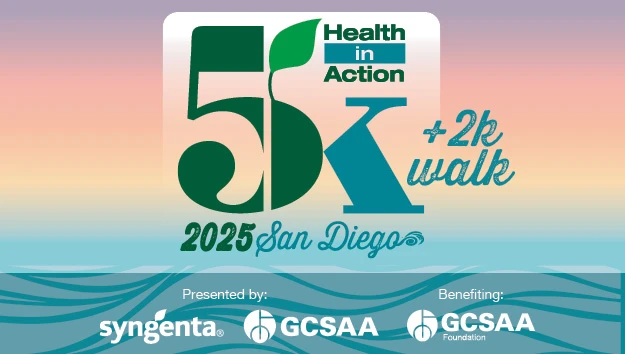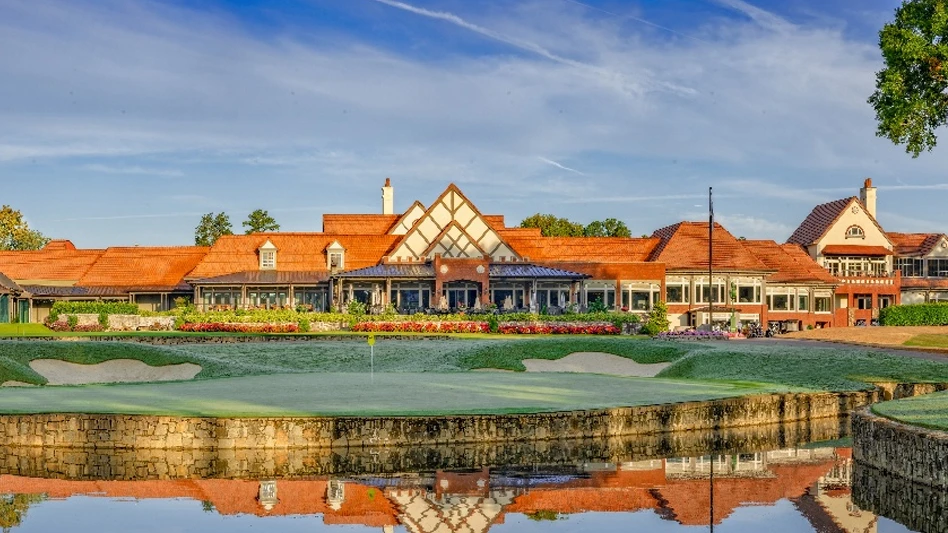Are you like many other golf courses at the moment, finally getting to the point with your membership/board that a new or upgraded irrigation system is a possibility or necessity? The number of new irrigation systems being installed on existing courses is certainly on the rise. Since the economy tanked in 2008 and the golf business was hit hard, many courses put off making any course improvements, including new irrigation systems. Now in 2016, this pent up demand is quickly resulting in new irrigation systems. If your course is thinking about a new irrigation system, you need to start your planning now. Plotting three to four years ahead is not too soon to start and not uncommon. A shortage of qualified golf course irrigation installation contractors available to install your new system may occur as quickly as next year. More golf irrigation work will add new golf irrigation contractors to the market, but that is not necessarily a good thing as the contractor is the most essential part of any irrigation system installation and they come from experience.
If you’re about to start an irrigation system project, here are some things you need to think about so that your designer can give you what you want. For piping: PVC, HDPE or a combination of the two? Today’s systems can be all PVC, all HDPE or PVC mainlines with HDPE laterals so there are no solvent weld cemented joints.
Probably the biggest decision in today’s irrigation system is field controllers versus decoder/2-wire. The systems are quite different and you need to make your decision based on which of the two meets your management style and provides a comfort level in terms of reliability and functionality. Today you can mix them a bit – you can install remote interfaces on the golf course to connect the wire paths to, which reduces the amount of wire needed from the maintenance facility. You then radio from the central computer to the remote interfaces.
For years, greens were full-circle sprinklers, then in order to keep the greens drier designs were full circles with part-circle sprinklers out for the surrounds. This morphed into parts in and parts out so greens could be watered completely separate from the surrounds. Now, there is a trend back to full circle on the greens and part circles out for the surrounds. Your choice will be somewhat dependent on how you’re treating the approach, as full circles at the front of the greens may not be possible. You also need to decide if you want your bunker faces irrigated.
Consider installing equipment that provides information that helps you make smarter decisions when it comes to irrigating more efficiently and saving water. Weather stations seem to have outlived their usefulness given the availability of weather apps. Portable and dedicated soil moisture sensors provide more timely and accurate data that can be reacted to more quickly. These sensors also can graph trends and when programmed correctly provide alarms to bring problems to your attention. Tipping bucket rain gauges spread throughout the golf course can provide local area (several holes) rain measurements that can then adjust your irrigation schedule based on the amount of rain that fell for specified areas of the golf course.
Take a good look at your hand watering needs. For many years, pump stations have been a small pressure maintenance pump and two or three main pumps depending on the required flow; all the same horsepower. Now consider a pressure maintenance pump, the main pumps and a jockey pump sized just for hand watering and any other constant demands such as green cooling systems or waterfalls on its own VFD drive. Avoid purchasing a pump station that requires a main pump to operate for low flows such as hand watering.
With a proposed new system you need to budget, budget and budget. Make sure your budget includes all the potential components of your irrigation system project. This includes rock excavation, design fees, permitting, lightning protection systems, renovation costs, paving repair, boring costs, electrical updates and extended warranties or service contracts. If you’re a few years off, build in an escalation cost per year for price increases.
Today’s systems are getting more expensive each year, but money spent now will pay for itself over many years in terms of water and energy savings. Unfortunately, as more courses are looking to install irrigation systems, the cost of labor is on the rise, so the sooner you can get an idea of your project schedule, the better off you are. A system that is to be installed in the fall of any given year should be bid out in January or February of that year to secure a place on a good irrigation contractor’s schedule.

Explore the July 2016 Issue
Check out more from this issue and find your next story to read.
Latest from Golf Course Industry
- PBI-Gordon Company hires marketing manager Jared Hoyle
- Mountain Sky Guest Ranch announces bunker enhancement project
- GCSAA names Joshua Tapp director of environmental programs
- AQUA-AID Solutions bolsters Sunshine State presence
- Escalante Golf acquires secluded Illinois course
- Tartan Talks 105: Nathan Crace and Todd Quitno
- Disease Discussion 24: Let the turf talk to you
- From the publisher’s pen: Foggy intrigue







